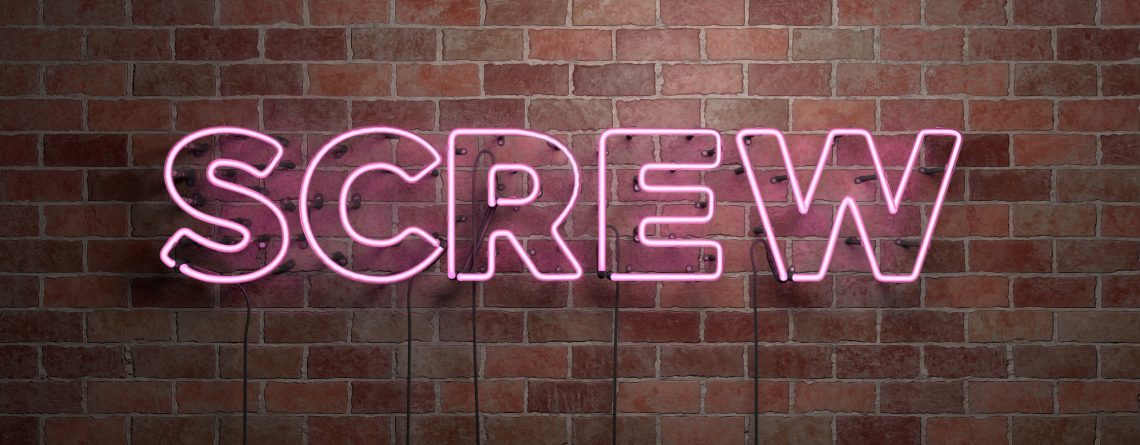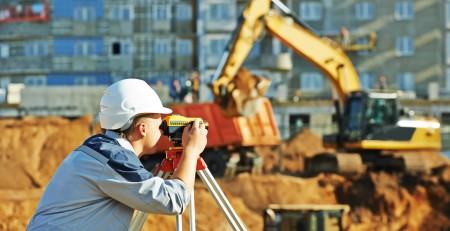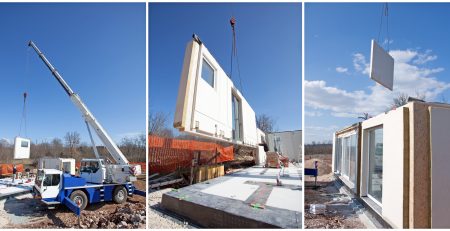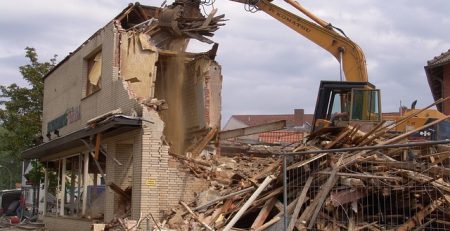Construction Tips: When to Use Different Types of Wall Anchors
In construction, an anchor is used to hold up different kinds of wall hangings and other accessories crafted with varying wall substances. The best type of wall anchor to use during construction is dependent on several factors such as weight-load to be hung, the wall material and the installation process.
This piece takes a look at some popular wall anchor options and how they are best used. You can find these anchors in most standard construction stores or getting building supplies online.
The Expansion Anchor
These types of anchors are designed to open up after the anchoring process to ensure a tighter hold. Expansion anchors are normally used in combination with concrete and masonry. The main options available when buying an expansion anchor include the partially threaded, the rounded body wedge anchor and the fully threaded anchor. Plastic anchors are used the most in construction and the anchors that offer the strongest grip strength wise irrespective of wall material, are the heavily ribbed options.
The Cement Board Screw Anchor
This is the best anchor option if you are attaching cement board to wood and steel. It is usually combined with durable exterior sheathing and used in a variety of situations such flooring, countertops hanging, bathtubs attachment and more. When buying the cement board screw anchor, stick with corrosion resistant fasteners.
The Threaded Drywall Anchor
This anchor type is the best option for normal-duty applications. It is equally one of the easiest to install. It can be made of zinc, nylon, or plastic. This anchor type is popular in construction because they can be uninstalled or for use at a later time. The threading on the anchor digs deep into the wall, ensuring that the holding is secure and that the grip is resistant to pull out. The sizeable threads work best on drywalls and are best combined with sheet metal screws of size 6 and 8.
The Hollow Wall Anchor
These types of anchors are best used in medium-duty scenarios. Regardless of the materials they are fastened to, the anchors will expand following screw tightening and pushing into the wall cavity. The hollow wall anchor is usually installed with a drill or a hammer, and the flexibility means it can be deployed on a wide range of wall types. However, the maximum amount of load they can hold is fifty pounds. In some places, they are referred to as Molly Bolts.
The Winged Plastic Anchor
Winged plastic anchors are used for medium-duty applications. Pilot holes are required during the installation. The wings are expanded after the anchor has been added to keep it in place. They provide two times more strength than the average plastic expansion anchor and can, therefore, hold up to 35 pounds on a drywall.
The Toggle Bolt
Toggle bolts are one of the most popular traditional anchors. This anchor is made up of two parts which are the toggle and machine bolt. These anchor types are usually the preferred solutions during heavy duty installations, and they come in slot and square-drives. Toggle bolts are best used on dry walls.
The Plastic Hollow Wall Plug
To use the plastic hollow-wall plug, you have to drill a pilot hole. They are the best option for lightweight use and are thus mostly deployed on drywalls and plaster. The plug expands and locks into place when the screw is installed.
These are the different wall anchors used the most in construction today. Not sure which option to go for? Talk to your dealer.












